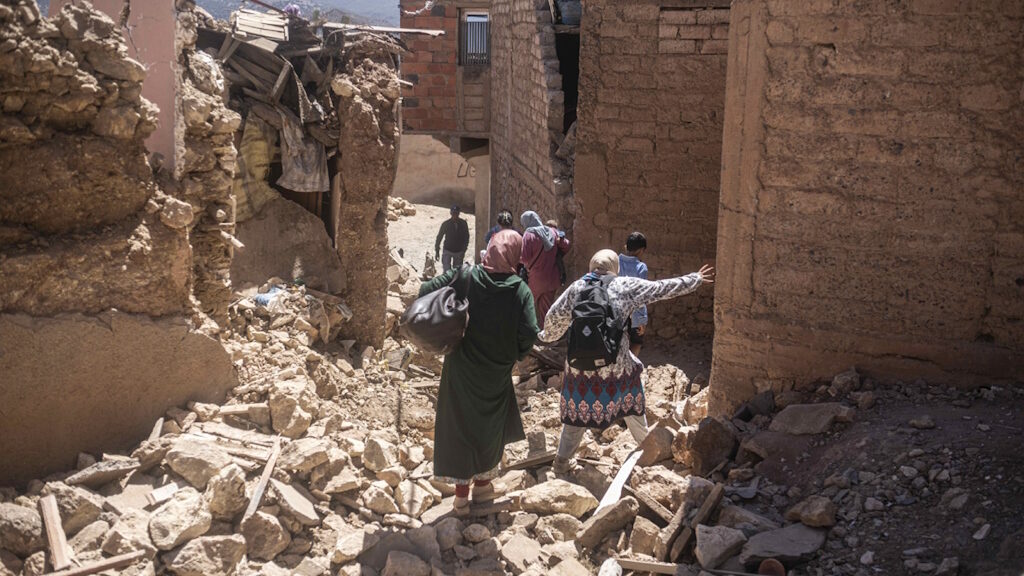
Seismologists report a groundbreaking study suggesting that significant earthquakes could be predicted by identifying early warning signals several months before the event.
The research, published in Nature Communications, focused on the devastating 7.8 magnitude earthquake in Turkey and Syria in February 2023, bringing to the fore unique seismic signals approximately eight months before the quake.
The earthquake wreaked havoc, claiming over 50,700 lives, injuring double that number, and causing extensive damage to 4 million buildings, including the destruction of around 345,000 apartments.
Earthquake prediction remains an immense challenge, prompting ongoing exploration of warning signs to enhance preparedness for such catastrophic events.
Fault zone and signal clusters
The Turkey-Syria earthquake originated in the East Anatolian Fault Zone, commencing at a secondary fault before propagating to the main fault.
The study identified increased seismic signals and larger energy releases within 40 miles of the epicentre around eight months before the earthquake. Notably, these signals manifested on a secondary fault, often overlooked in seismic assessments.
Comment: Another harbinger for significant quakes is the appearance of anomalous clouds a few days prior to an event.
While the study's lead author, Patricia Martínez-Garzón, acknowledges the ability to sense changes in fault activity, determining the precise size of an impending earthquake remains a challenge.
Predictive techniques, though valuable, encounter variations in earthquake nucleation processes across different events, making immediate-term warnings currently unattainable.
Martínez-Garzón stressed on the need for further research to discern when these signals can reliably indicate an impending earthquake.
Combining field observations with laboratory experiments is deemed crucial for advancing understanding and potentially contributing to earthquake forecasting.
Recognising the immense destruction caused by large earthquakes, any progress in prediction techniques holds significant value.
Hazard and risk scientists stress the importance of case histories like this in enhancing comprehension of processes leading to major earthquakes.



And somehow worthy of nattering on about ?